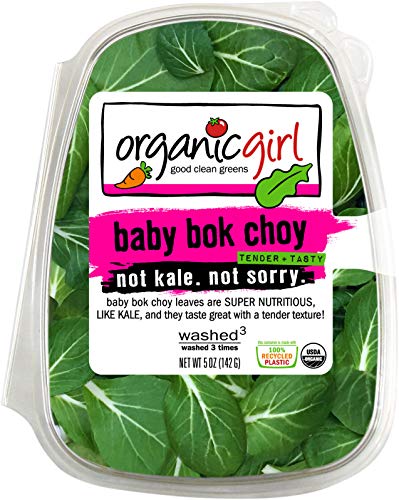How do we know so much about the gut microbiome? Check out this cool simulation!
What is SHIME?
SHIME® is short for the Simulator of the Human Intestinal Microbial Ecosystem. It is a multi-compartment dynamic simulator of the human gut that was developed in 1993. It is one of several types of simulators of the gastrointestinal tract.
Why do we need SHIME?
Research regarding human health is done using multiple models. You have cell studies (in vitro), animal studies, and human studies (in vivo). Practical and ethical considerations make in vivo research on the human gut microbiome nearly impossible to perform. Therefore, in vitro studies using technology such as SHIME® provide the best possible tool for researchers to study the effects of the gut microbiome modeling an in vivo approach. It’s kind of like the best of both worlds meshed together.
The figure below from T Van de Wiele et al. depicts what SHIME® looks like. It is a pump system where a nutritional medium is added to the stomach compartment three times daily (simulating eating breakfast, lunch, and dinner). It is mixed with acid that resembles stomach acid then pumped into the small intestine and mixed with pancreatic juices (complex carbohydrates, protein sources, mucins, and vitamin/mineral mixes) for further breakdown, and then it continues along the way through the colon where the microbial system is studied in this model. The pH is tightly regulated and can be adjusted to match specific human profiles.

The microbiome of the colon in SHIME® is derived from one human fecal sample. After inoculation with the fecal sample, SHIME is primed for approximately 2 weeks to allow for the growth and adaptation of the microbial community. Then it is run under normal conditions for 2 weeks to gather baseline measurements. Next is the experiment or treatment period which can last from 2-4 weeks then there is a washout period for 2 weeks to measure how long the treatment may be measured after introduction.
Key highlights of SHIME:
- It includes the gastrointestinal tract from the stomach – the colon
- You can mimic the microbiome of basically any individual (infants – elderly, healthy, or diseased) and animals
- It is made for colon-specific research
- It can be used for longer times (vs other available simulators)
- There are multiple set-ups: M-SHIME® which differentiates the mucosal microbiome from the luminal microbiome of the colon. There is TWIN-SHIME which allows for parallel control and treatment set-ups.
It’s not exactly a human gastrointestinal tract but it’s a very cool way to study the gut and how it interacts with the microbial community of the gut microbiome. This helps translate gaps in the research that we see in both animal and human models.
Check out these research articles if you’d like to see SHIME at work:
- Marzorati, M., Van den Abbeele, P., Bubeck, S. S., Bayne, T., Krishnan, K., Young, A., Mehta, D., & DeSouza, A. (2020). Bacillus subtilis hu58 and bacillus coagulans SC208 probiotics reduced the effects of antibiotic-induced gut microbiome dysbiosis in an M-shime® model. Microorganisms, 8(7), 1028.
- Van de Wiele, T., Van den Abbeele, P., Ossieur, W., Possemiers, S., & Marzorati, M. (2015). The simulator of the human intestinal microbial ecosystem (shime®). The Impact of Food Bioactives on Health, 305–317.
- Venema, K., & van den Abbeele, P. (2013). Experimental models of the gut microbiome. Best Practice & Research Clinical Gastroenterology, 27(1), 115–126.
- García-Villalba, R., Vissenaekens, H., Pitart, J., Romo-Vaquero, M., Espín, J. C., Grootaert, C., Selma, M. V., Raes, K., Smagghe, G., Possemiers, S., Van Camp, J., & Tomas-Barberan, F. A. (2017). Gastrointestinal Simulation Model TWIN-SHIME Shows Differences between Human Urolithin-Metabotypes in Gut Microbiota Composition, Pomegranate Polyphenol Metabolism, and Transport along the Intestinal Tract. Journal of agricultural and food chemistry, 65(27), 5480–5493.




















Comments
Join The Conversation...